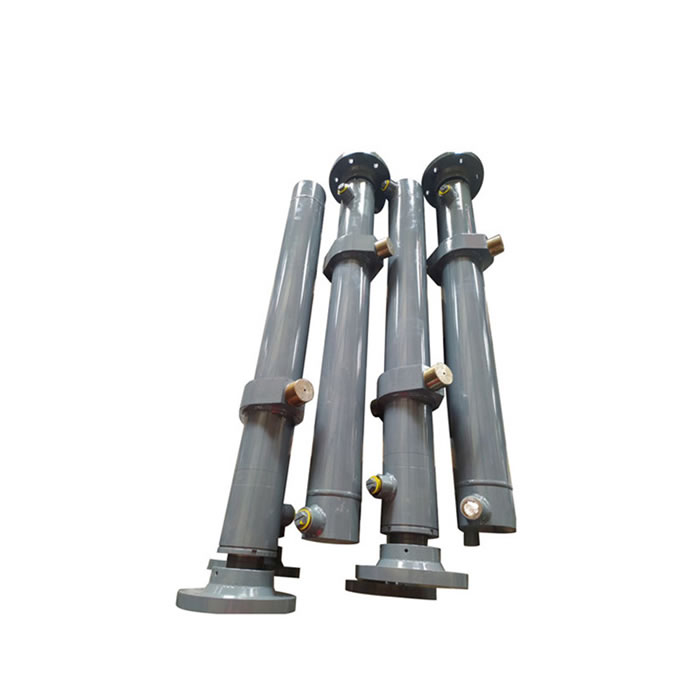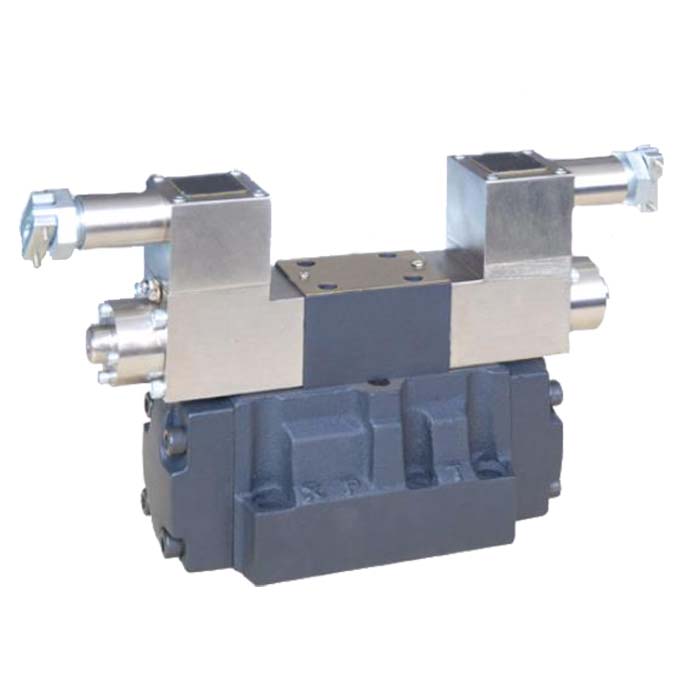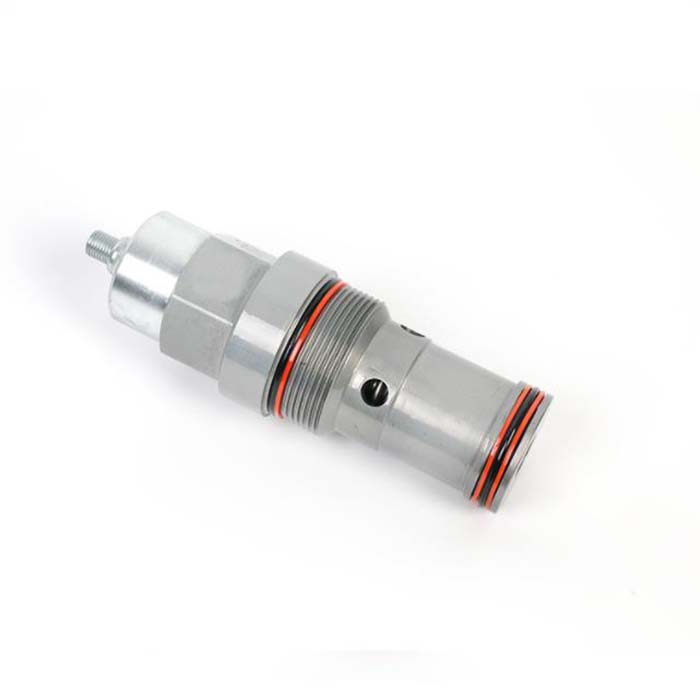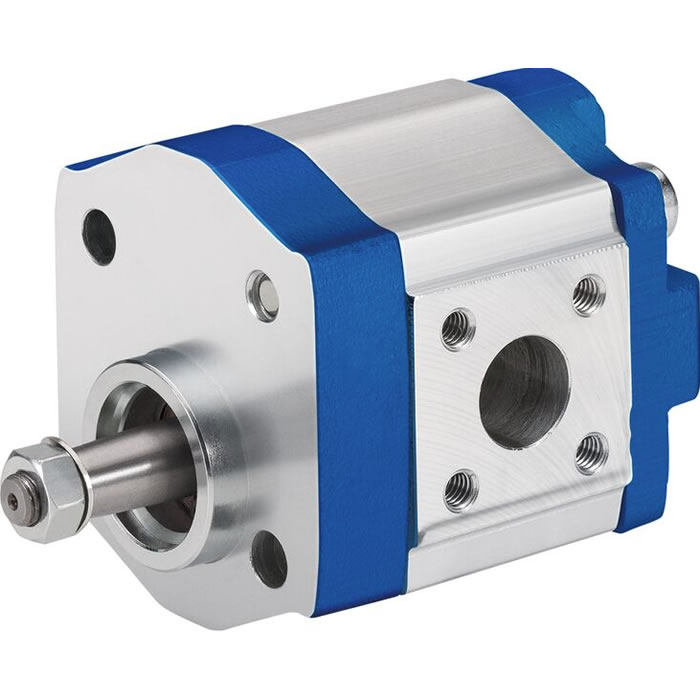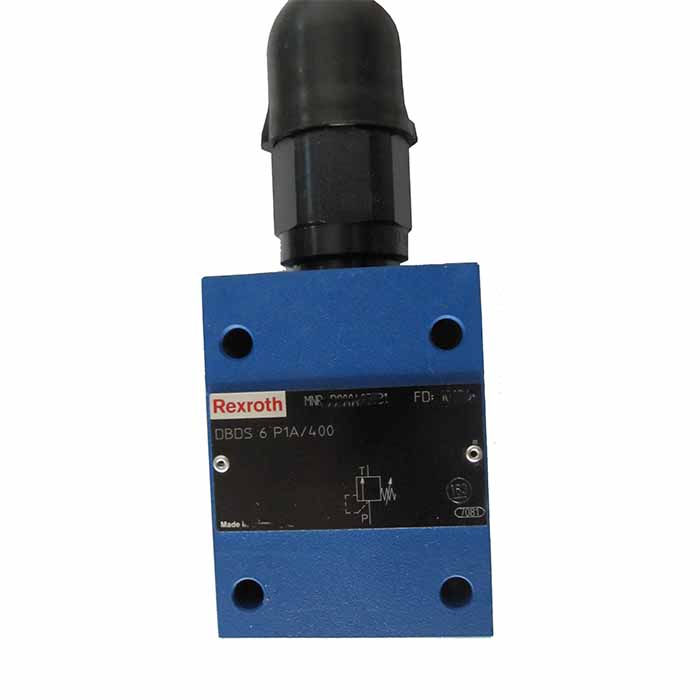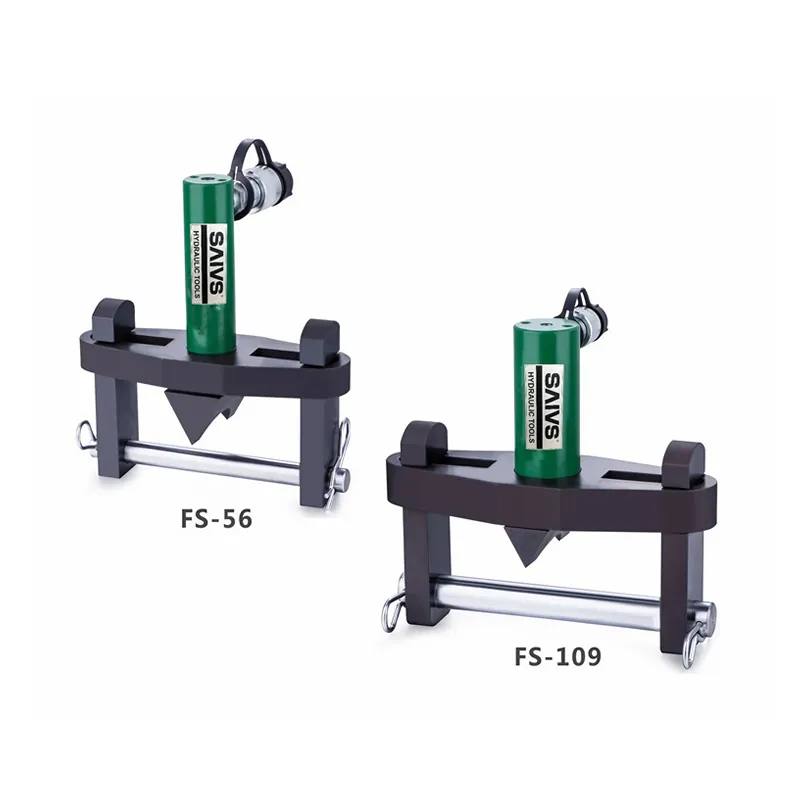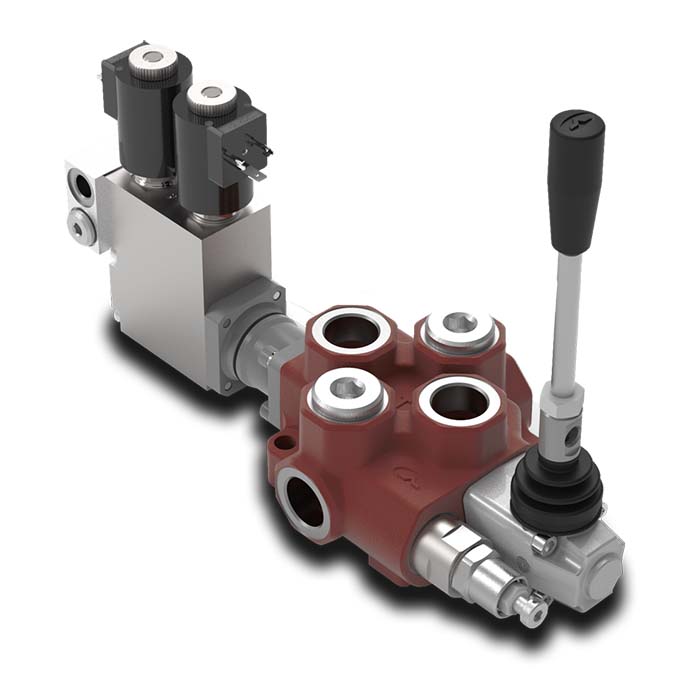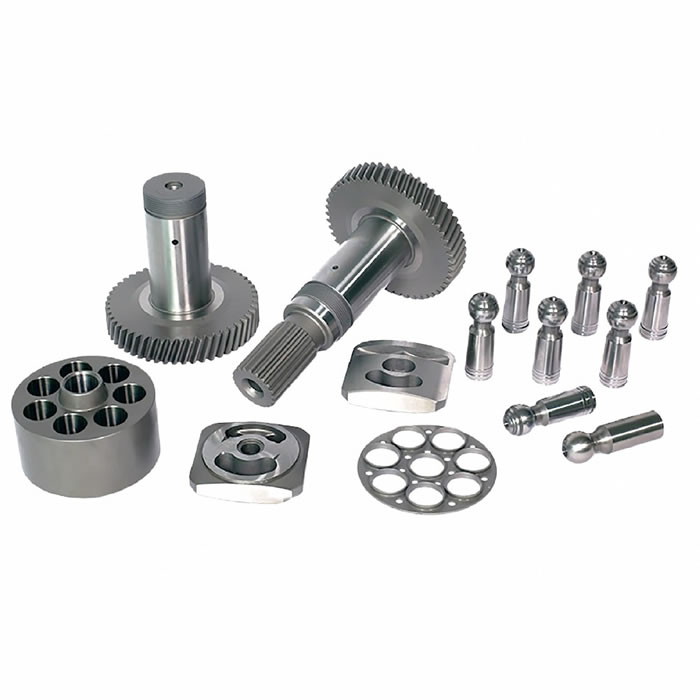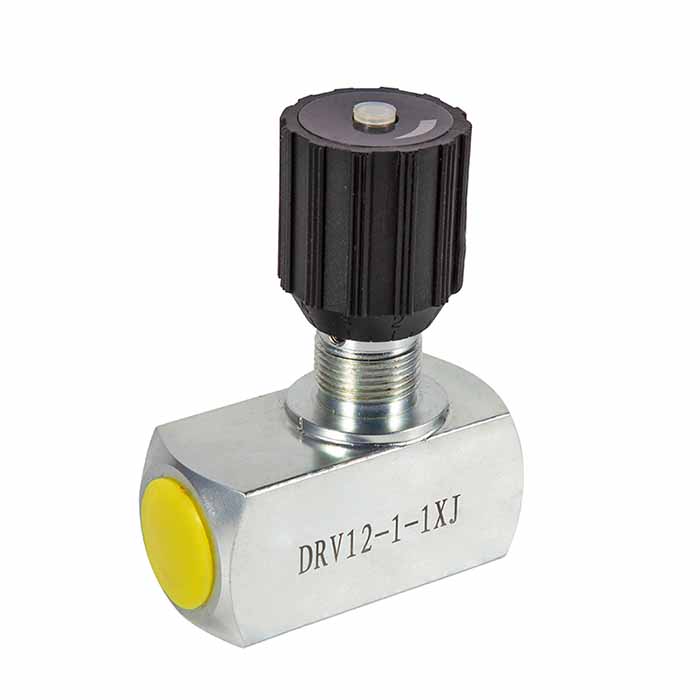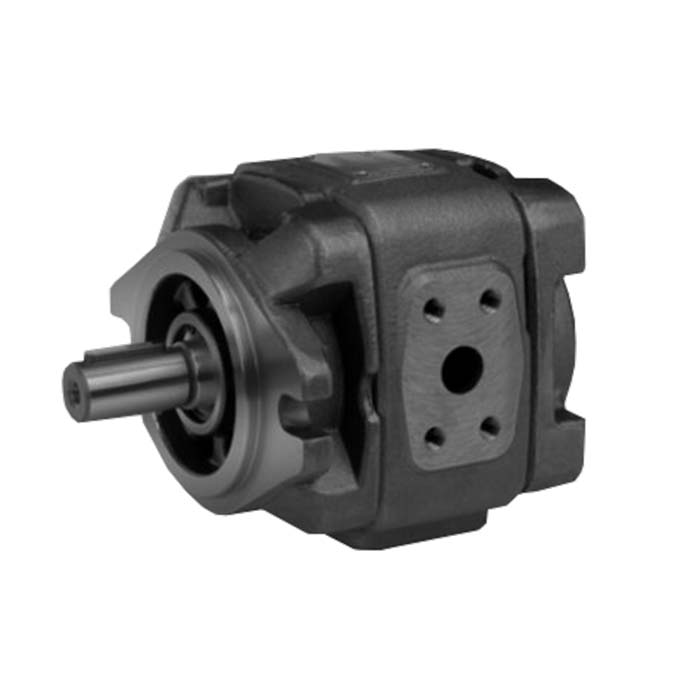How to maintain hydraulic torque wrench pumps
Introduction
Hydraulic Torque Wrench pumps are essential tools in various industries, providing the necessary power
and control for Hydraulic torque wrenches. To ensure optimal performance and longevity of these pumps,
proper maintenance is crucial. In this article, we will explore common reasons why hydraulic torque
wrench pumps may break down and provide practical tips on extending their service life through effective maintenance practices.
Why hydraulic torque wrench Pumps Break Down?
Understanding the common causes of Hydraulic torque wrench pump failures can help identify potential issues early on.
Here are some key reasons why these pumps may break down:
1. Lack of Lubrication: Insufficient or improper lubrication can lead to increased friction,
wear, and damage to internal components such as pistons, valves, or seals.
2. Contamination: The presence of dirt, debris, or other contaminants in the hydraulic fluid
can clog filters, restrict flow paths, and cause damage to pump components.
3. Overloading: Operating the pump beyond its specified capacity or subjecting it
to excessive pressure can lead to premature failure of critical parts.
4. Improper Storage: Storing the pump in harsh environments with extreme temperatures or
high humidity levels can accelerate corrosion and degrade its performance over time.
5. Neglected Maintenance: Failing to perform regular inspections, cleanings, and preventive
maintenance tasks increases the likelihood of unexpected breakdowns due to undetected issues.
How to Extend the Service Life of Hydraulic Torque Wrench Pumps?
1. Regular Lubrication: Follow manufacturer guidelines for lubrication intervals
and use recommended lubricants suitable for your specific pump model.
Ensure proper application techniques for adequate coverage across moving parts.
2. Cleanliness is Key: Keep the pump clean by regularly removing dirt and debris from external
surfaces using a soft cloth or brush. Cleanliness extends beyond just visual appearance;
it helps prevent contaminants from entering critical areas during operation.
3. Filter Maintenance: Check and replace filters as recommended by the manufacturer's guidelines
to prevent contamination buildup within the system that could impair performance or cause damage.
4. Optimal Operating Conditions: Operate within specified pressure ranges and avoid overloading
the pump beyond its capacity limits. Adhere to recommended operating parameters
such as temperature ranges for optimal performance.
5. Storage Considerations: Store hydraulic torque wrench pumps in a clean environment with
controlled temperature and humidity levels when not in use. Protect them from exposure to
corrosive substances or harsh weather conditions that could affect their integrity.
6. Regular Inspections: Maintain a schedule for routine inspections that includes checking hoses,
fittings, and connections for signs of leaks, damage, and wear. Verify proper alignment and
functionality of critical components. Monitor fluid levels and quality to detect
any abnormalities that might indicate potential issues early on.
7. Trained Personnel: Adequately train personnel responsible for handling
and maintaining hydraulic torque wrench pumps. Ensure they understand proper operating procedures,
maintenance protocols, and safety precautions.
Conclusion
By understanding why hydraulic torque wrench pumps break down and adopting proactive
maintenance practices, you can significantly extend the service life of these crucial tools.
Regular lubrication, cleaning, filter maintenance, optimal operating conditions, and proper storage
are key elements in preserving the performance, reliability, and longevity of hydraulic torque wrench pumps.
With a well-maintained pump, you can optimize productivity, minimize downtime,
and ensure consistent results in your industrial applications.


